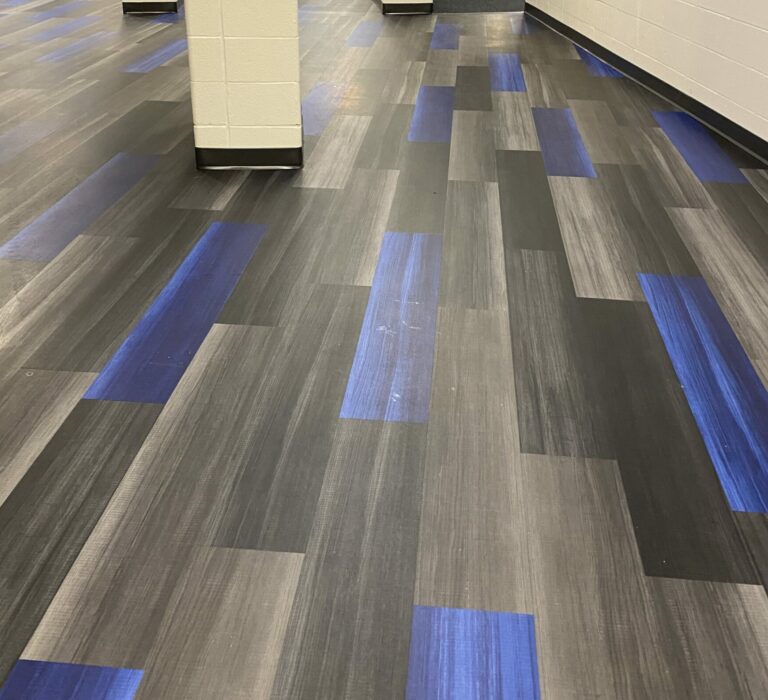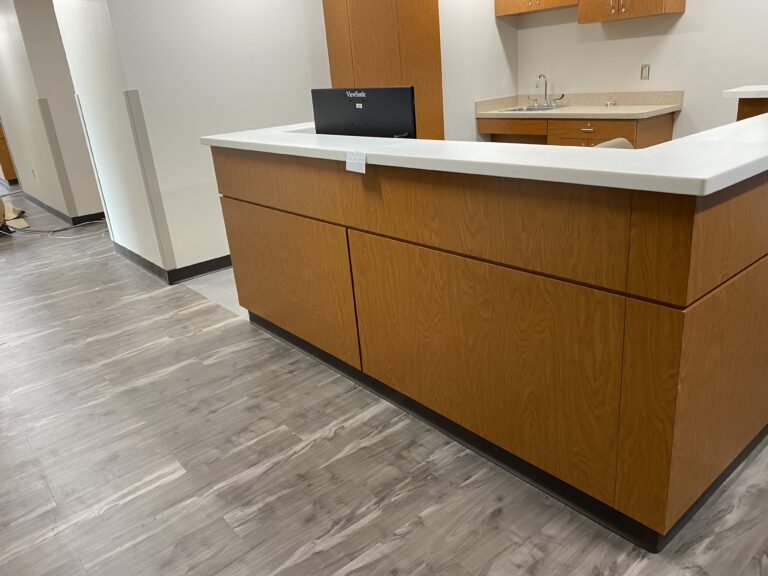Most of us are familiar with soundproofing walls but did you know that you’re also able to soundproof your ceiling?
Acoustical ceiling tiles fall into three different categories: those that absorb sound, those that block sound, and those that scatter sound.
Noise Reduction Coefficient (NRC)
Noise Reduction Coefficient (NRC) is a general rating that tells you how much sound a surface (in this case a ceiling tile) will absorb. This rating is represented as either a percentage or a decimal, with 1 (or 100%) being perfect absorption and 0 (or 0%) being perfect reflection. In other words, the higher the decimal or percent, the more sound the tile will absorb. While this does give a very good idea of how a tile will perform acoustically, it does not tell you what happens to the sound the ceiling tile does not absorb.
Sound Transmission Class (STC)
Sound Transmission Class (STC) is used to rate several different types of building materials for their ability to block sound and prevent it from passing through them. This is commonly used on walls and partitions, as it is very helpful in deciding which types of partitions will properly isolate different areas of a building. STC ratings are represented as a number, usually between 1 and 100, although not limited to that range.
The higher the number, the better the material is at blocking sound. A rating of 10 is considered terrible, allowing talking voices to be heard through the rated system, while a rating of 60 or more makes for an excellent sound blocker.
The STC rating is helpful but does not tell you what will happen to sound once it is blocked. For example, a thick concrete wall might have an excellent STC rating, but it will send all sound bouncing right back into a room. This will keep the sound from passing through the wall but will make for a very echo filled room.
Ceiling Attenuation Class (CAC)
Ceiling Attenuation Class (CAC) is really a completely separate rating system. While it does deal with sound absorption and attenuation, it is a bit more specific.
In an installation where a drop ceiling has been installed and walls have been installed that only reach up to the drop ceiling level, sound can pass up into the ceiling plenum, over the wall, and then back down into another room. The rate at which ceiling tiles inhibit this passage of sound is called the CAC. This rating is commonly misunderstood as a rating that describes how much sound reflects off of the face of a tile. This is a misconception, and the CAC rating should not be given as a rating to describe any situation other than the aforementioned.
The most popular type among the three major categories is the sound-absorbing ceiling tiles as they aide in reducing the reverberation of sound within a space. These tiles help reduce the echo and improve sound quality. In addition to this, if you are in a building with multiple floors, acoustic ceiling tiles can be of great assistance when it comes to blocking sound from other floors.
Acoustical Ceiling Options
Acoustical ceilings are a flexible option and allow for easy installation for wire, repairs, or remodeling – as they do a great job of hiding the unpretty aspects of your space.
Before considering an acoustical ceiling for your space, you may want to talk with an expert and internal employees a few questions:
Does your space have an echo?
Do you hear annoying sounds from office neighbors above?
Are you hearing just a bit too much information coming through your ceiling from the office next door?
What do these ratings all mean and what should you consider? Most installation experts would say that there is no exact science behind choosing the right tiles based on ratings that you’ll see.
We’d recommend making yourself aware of the options that are available to you, what each of the standard “types” are when it comes to acoustic ceilings, and take into account the style aspects that you’re looking for as many options are available. Contact us today about your interior needs in Fort Wayne.
















